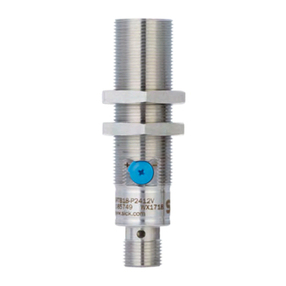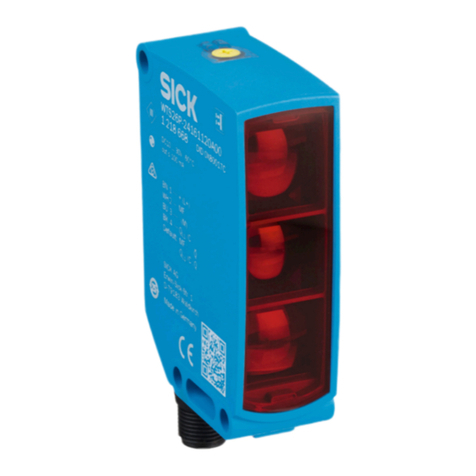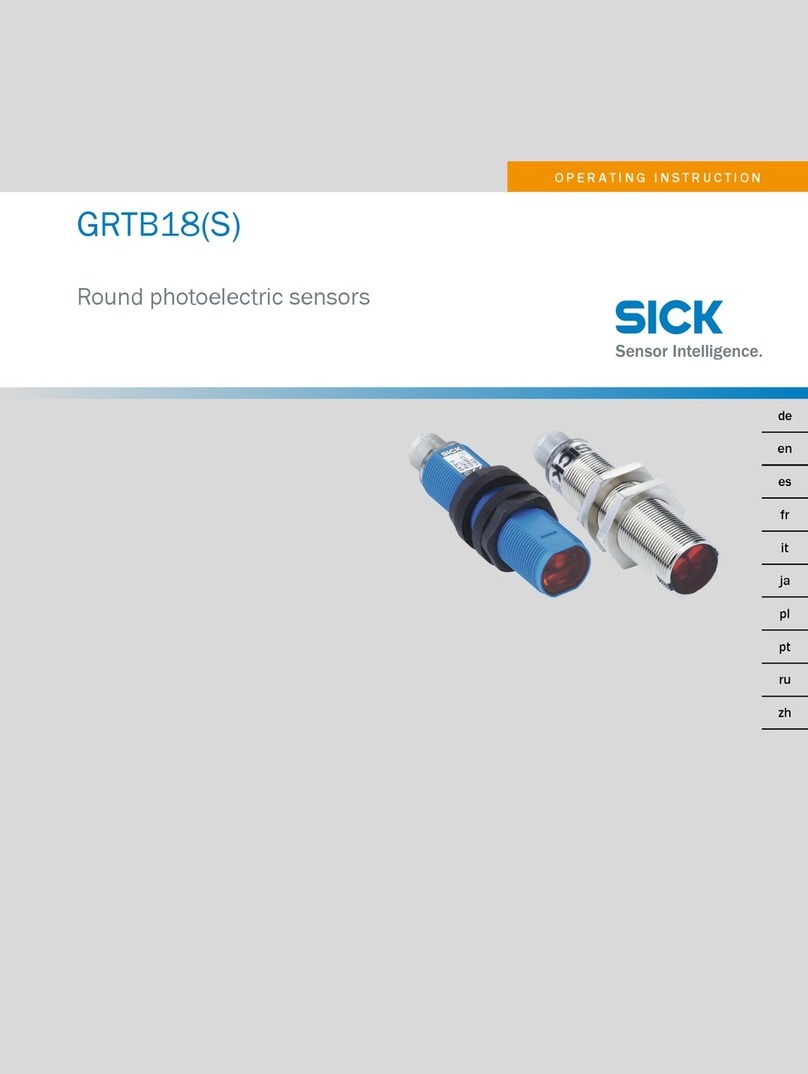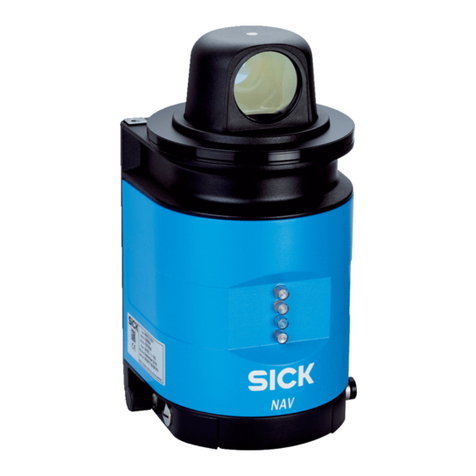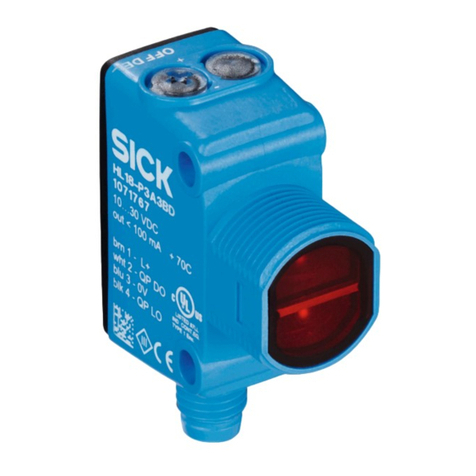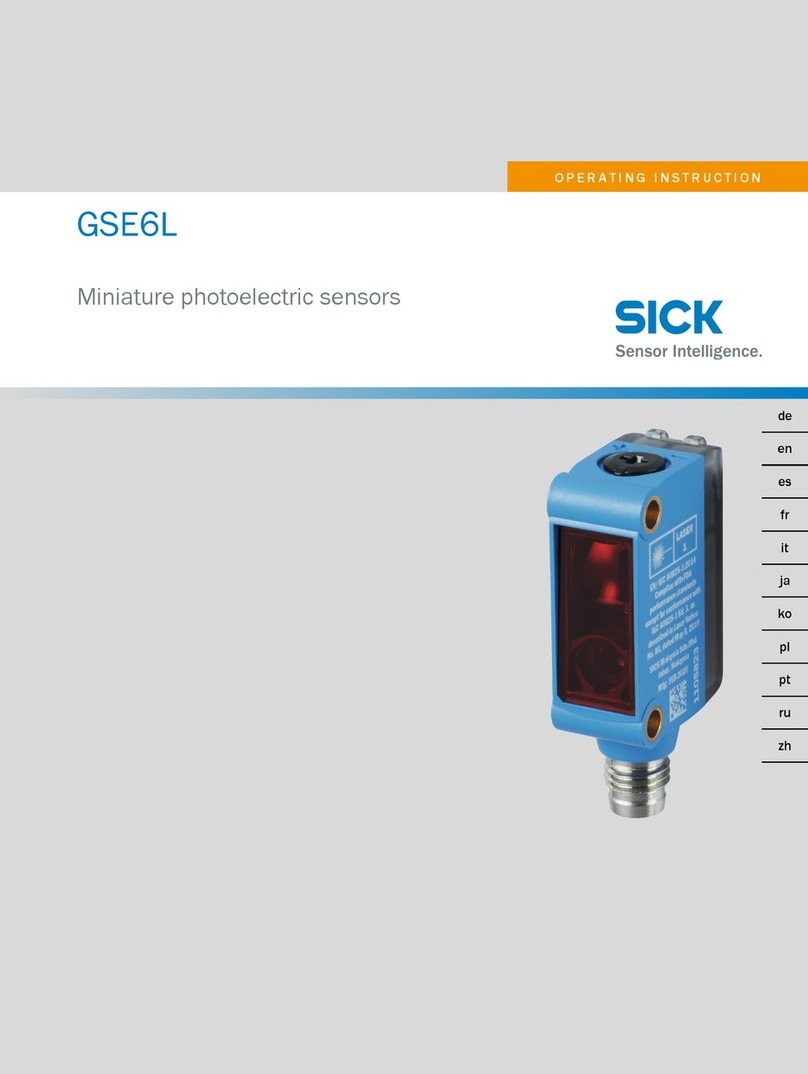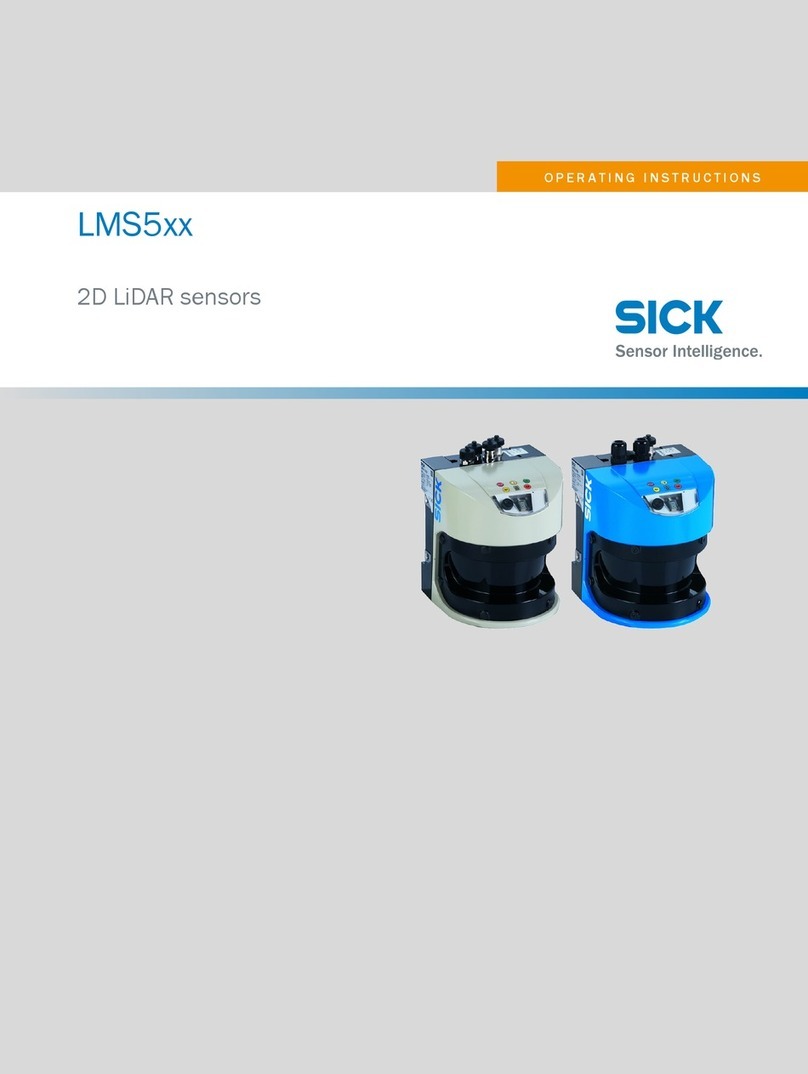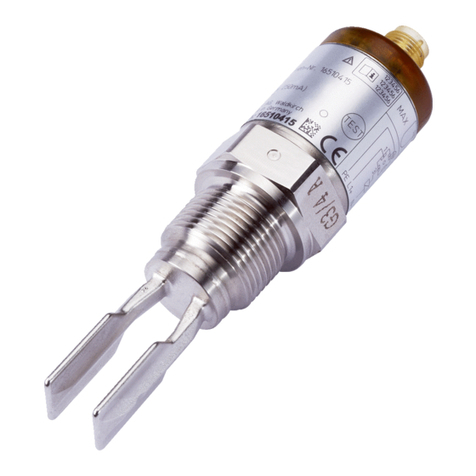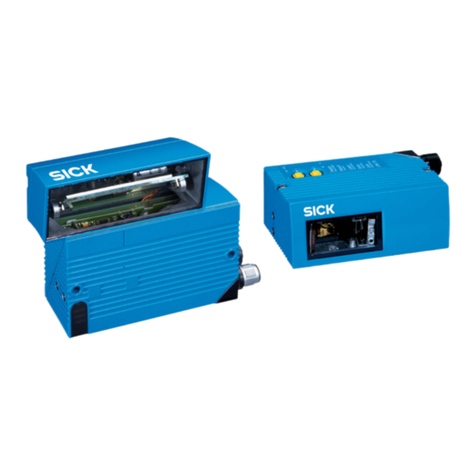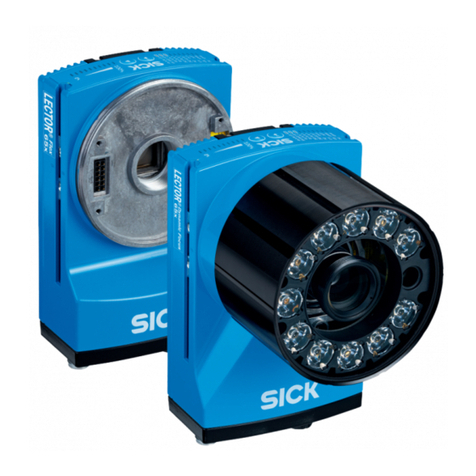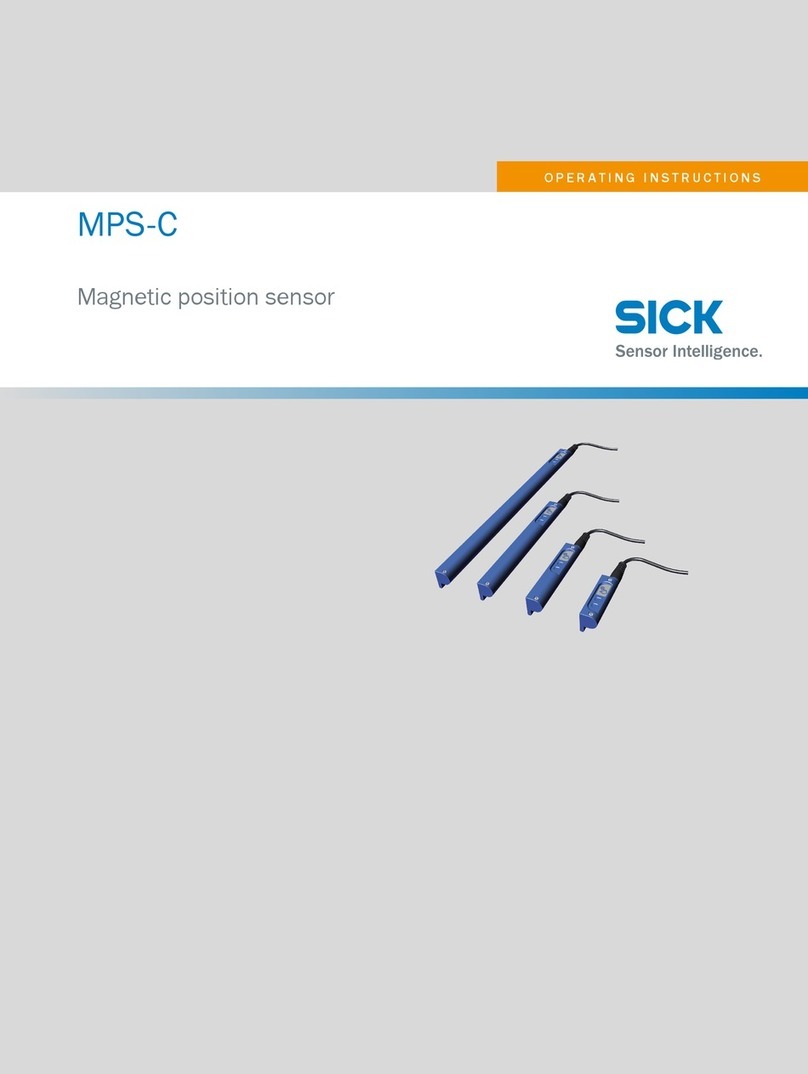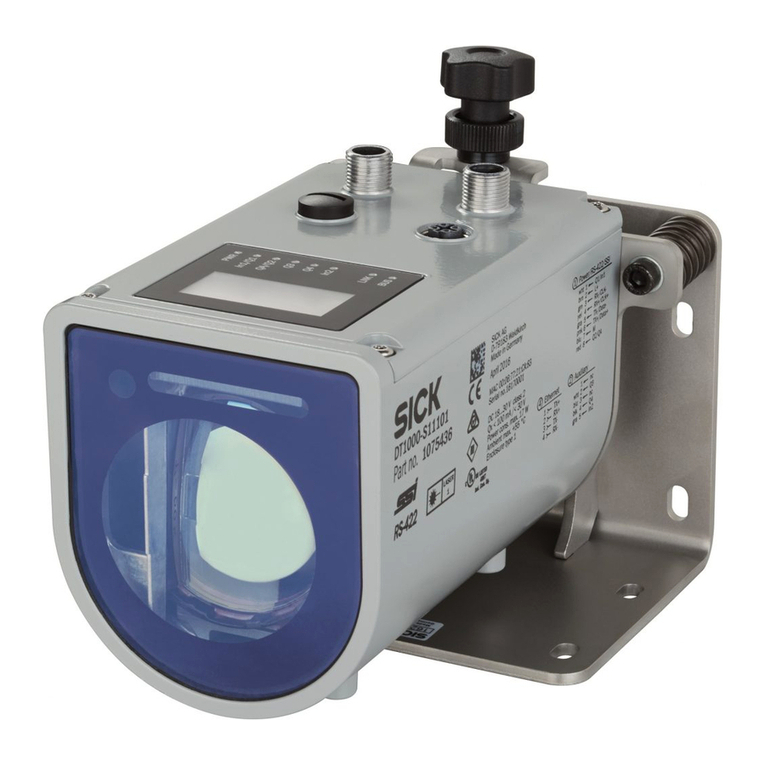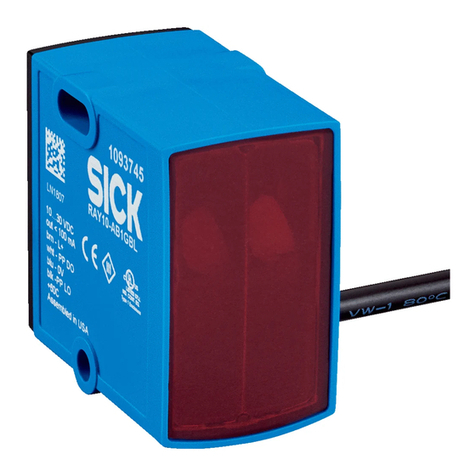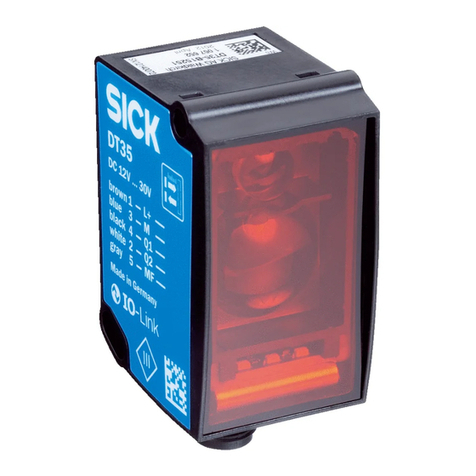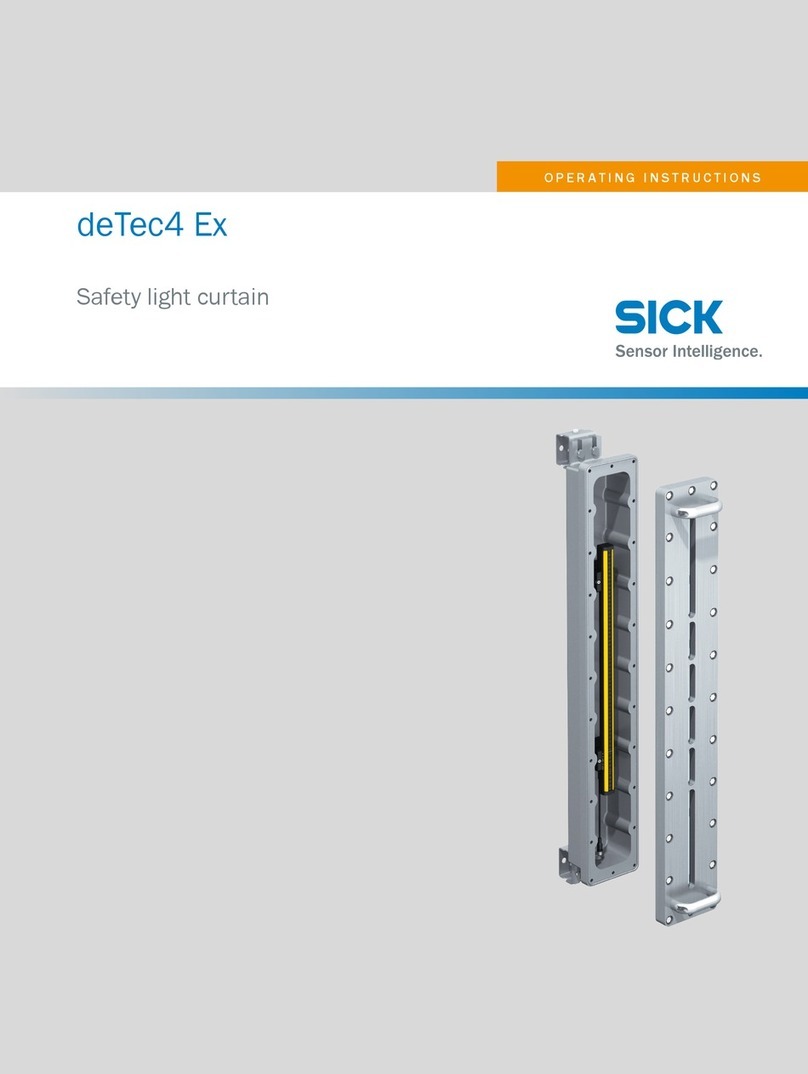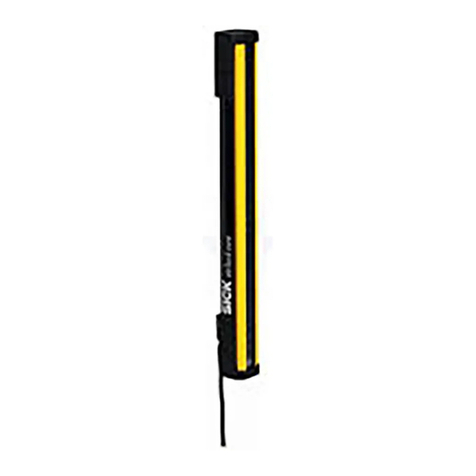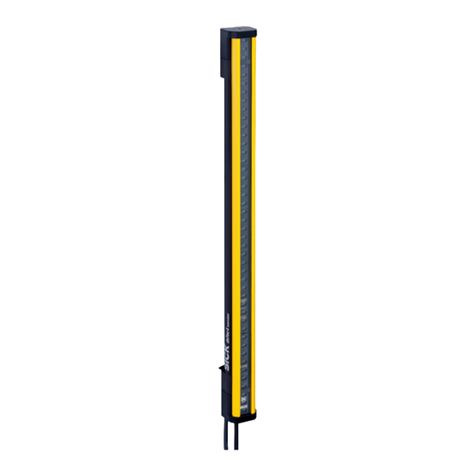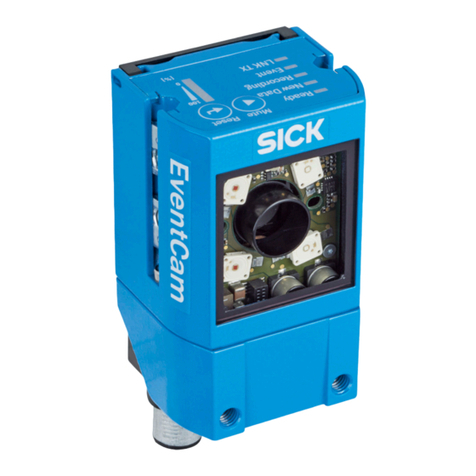
Contents
1 About this document........................................................................ 5
1.1 Information on the operating instructions.............................................. 5
1.2 Further information................................................................................... 5
1.3 Symbols and document conventions...................................................... 5
2 Safety information............................................................................ 7
2.1 Intended use............................................................................................. 7
2.2 Improper use............................................................................................. 7
2.3 Limitation of liability................................................................................. 7
2.4 Requirements for skilled persons and operating personnel.................. 7
2.5 Hazard warnings and operational safety................................................. 8
3 Product description........................................................................... 9
3.1 Device view................................................................................................ 9
3.2 Product characteristics............................................................................ 9
3.2.1 Product features...................................................................... 9
3.3 Operating principle................................................................................... 9
3.3.1 Principle of operation.............................................................. 9
3.3.2 Detection range....................................................................... 10
3.3.3 Position output......................................................................... 10
3.4 Operating and status indicators.............................................................. 12
3.4.1 Status indicators...................................................................... 12
4 Transport and storage....................................................................... 13
4.1 Transport................................................................................................... 13
4.2 Transport inspection................................................................................. 13
4.3 Storage...................................................................................................... 13
5 Mounting............................................................................................. 14
5.1 Mounting requirements............................................................................ 14
5.2 Mounting................................................................................................... 14
6 Electrical installation........................................................................ 15
6.1 Safety......................................................................................................... 15
6.1.1 Notes on electrical installation............................................... 15
6.1.2 Wiring instructions................................................................... 15
6.2 Connections.............................................................................................. 17
6.2.1 Pin assignment/Connection diagram + wire colors.............. 17
6.3 Connecting the supply voltage................................................................. 17
7 Commissioning.................................................................................. 18
7.1 Overview of commissioning steps........................................................... 18
7.2 Positioning on drive.................................................................................. 18
7.3 Put the sensor into operation for the first time...................................... 18
CONTENTS
8028183/2022-12-30 | SICK O P E R A T I N G I N S T R U C T I O N S | MPS-M 3
Subject to change without notice
